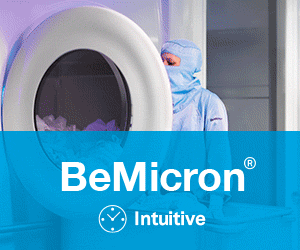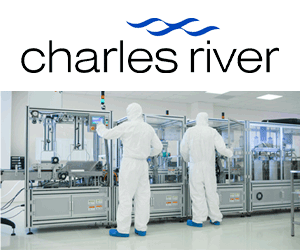The effects of the global COVID-19 pandemic have led to companies adapting their facilities to include a cleanroom area for product diversification, or expanding an existing cleanroom due to an increase in product demand such as ventilators and medical devices. So for many looking to upgrade or expand facilities, what are the best practice considerations for cleanroom design?
The design of a cleanroom is typically created moving from the dirtiest areas to the cleanest areas with suitable air pressure cascades. As the cleanroom classification increases, the need for suitable owning, cleaning, monitoring, and material transfer also increases, so the need for well-designed cleanrooms is vital to achieve strict industry classifications and standards.
The standards define the conditions to which cleanrooms should be designed, although there may be variances for specific needs. A selection of basic requirements include elements such as the need for air quality to be controlled, and have an unrestricted path. Restricted air flow results in turbulence which can cause movement of particles and raises the risk of airborne contaminants.
Equipment and materials entering the cleanroom must be pre-cleaned and moved through either an airlock or a pass-through, and all equipment required for the cleanroom process should remain in the area to avoid bringing contaminants into the facility.
Personnel and goods-in and goods-out airlocks are an essential part of cleanroom design and Access Control Systems will prohibit non-trained personnel entering sensitive cleanroom areas.
A cleanroom needs to be constantly measured to ensure that factors such as particle count, air flow, humidity, temperature, and cleanliness are at the appropriate levels. If your cleanroom handles hazardous materials, extra considerations include using a negative air pressure system and the special treatment of waste air, as well as personal protection, and separate entrances and exits.
With due consideration and investment in cleanroom design and installation required to reach industry classification, it’s vital to ensure your cleanroom is as flexible in design as possible to accommodate future expansion, new equipment or changes to processes.




